All products featured are independently chosen by us. However, SoundGuys may receive a commission on orders placed through its retail links. See our ethics statement.
Why conference calls sound bad
July 7, 2022
Today we’re talking about the greatest nuisance tormenting white collar workers everywhere: conference calls.
Whether you work remotely or spend your days boxed in by cubicle walls, you’ve probably endured your fair share of conference calls. If you’re like me, the thought of them elicits an involuntary groan. Let’s figure out why there are so many technical issues surrounding conference calls and how to remedy them.
Editor’s notes: This post was updated on July 7, 2022 to include timelier information on 5G and to change the formatting. We also added in-line FAQs.
What happens when you make a call?
Our smartphones let us communicate with nearly anyone in the world; it’s incredible. At its core, the cell phone is a two-way radio, serving as both the transmitter and the receiver.

When you call your brother, your voice is converted into an electrical signal. These are processed by your phone and transmitted by the antenna via radio waves to the nearest cell tower, and bounced from tower to tower until reaching your brother’s phone. At that point, the electrical signals are converted back into audible sound waves.
Call quality depends on signal strength. Connectivity varies depending on your network (CDMA vs. GSM), how close you are to a compatible cell tower, and the physical barriers between you and said tower. When a conference call is made, these same variables are multiplied by the number of callers, thus increasing the likelihood of poor call quality.
Limited bandwidth means efficiency is favored over audio quality

Unfortunately, there’s only so much bandwidth available when making these calls. Much like how Bluetooth codecs process audio to compress data, the same thing happens to voices as they’re relayed across networks. Stripping the fat, so to speak, means less information is conveyed. This yields more efficient use of network bandwidth at the expense of sound quality.
The adaptive multi-rate (AMR) audio codec is used for standard quality calls and narrows the frequency band to 300-3,400Hz. This reduction of audio bandwidth can make voices sound unnatural or muffled. AMR transmission rates vary between 4.75-12.2kbps depending on call conditions. This codec is great: it can maintain a call in poor conditions, but callers may notice a lag between when they speak and when the other person hears what was said. You know when you start saying a sentence only to have your co-worker accidentally interrupt you? It’s because lag in the system has slowed down the process for the sake of stability.
Variable bitrate maintains a stable connection but sacrifices audio quality.
A higher quality calling option is HD Voice which uses the adaptive multi-rate wideband (AMR-WB) speech audio coding standard. This more than doubles the frequency range compared to AMR. The added flexibility from 50-7,000Hz makes voices sound more natural. Unlike AMR, its transmission rate is static at 23.85kbps. When calling over HD Voice, you benefit from greater clarity and less latency, but both callers must have HD Voice-capable phones. It’s also more data intensive, which can pose problems when multiple callers come into play.
Microphone quality and environment make a difference
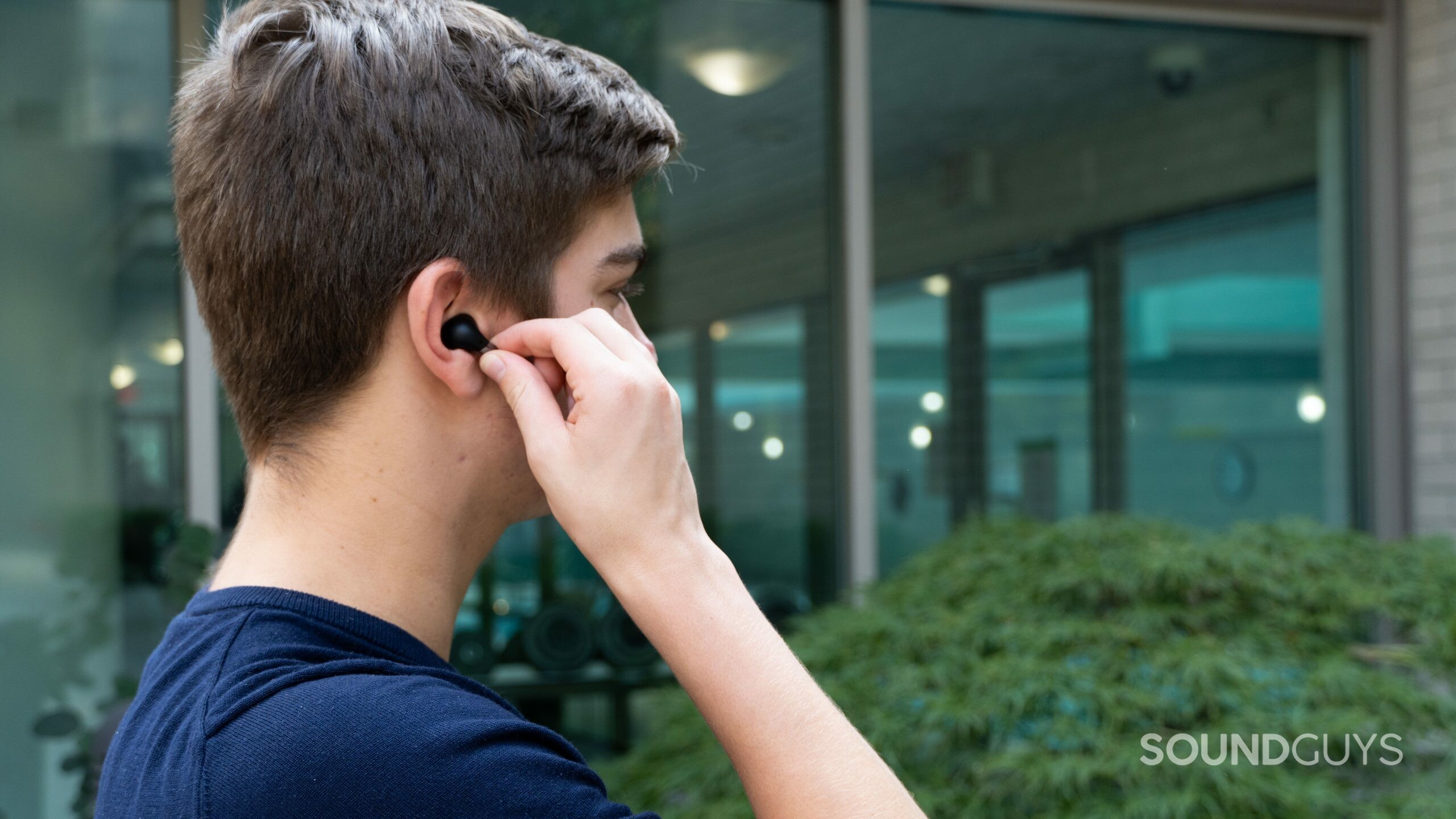
Service provider aside, much of how our conference calls sound comes down to what kind of microphones your headset uses. More often than not, each person calls in from their respective device. The quality of the microphone path from each device varies considerably. iPhones use several microphones to promote clear voice quality, while the Samsung Galaxy S10 line uses a high acoustic overload point (AOP) mic technology to minimize distortion in noisy environments.
While flagships tend to have solid integrated microphones, that’s not the case for all phones. When you’re dealing with a group of people, chances are one or two of them is rocking a budget smartphone, which may be incapable of combating background noise. This can bleed into the conference call, creating unwanted underscoring every time the person speaks.
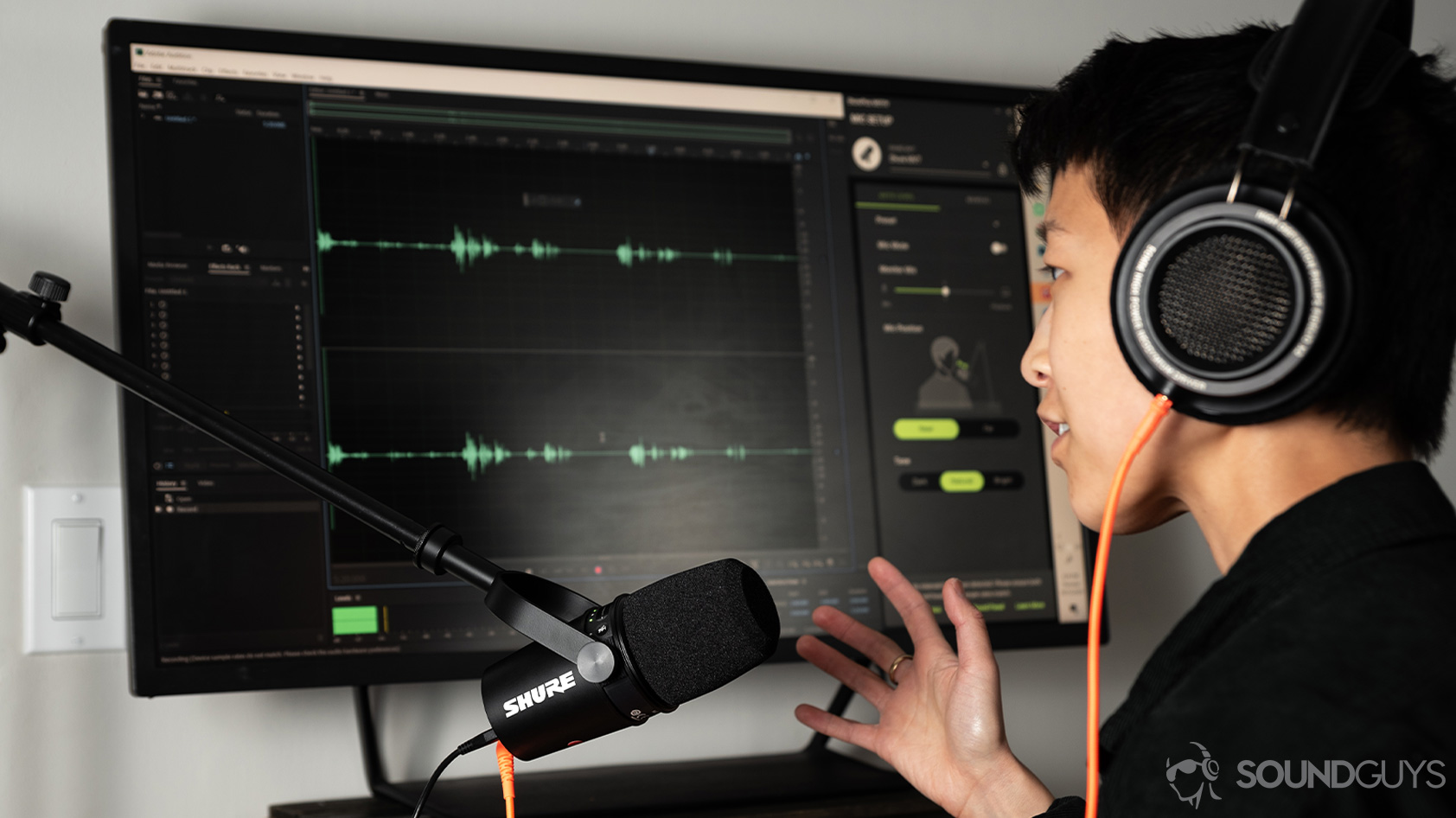
This is definitely up to personal preference; if you know that you work from home or the same office every day and it’s a predictable environment, then a USB microphone is a great investment. You can even skate by with a cheap mic and get better audio quality than most earbuds and headphones can provide. (Don’t overlook the power of cheap.) Aside from the added cost of buying a dedicated microphone for conference calls, mics can be fairly bulky and you either have to make room for one on your desktop or be ready to put it away at the end of each work day.
How to improve conference calls
Ok, so we have a better understanding on why conference calls can sound so bad, but how do we fix them? Although there’s nothing we can do to ensure exceptional conference call quality, there are a few steps to improve the communal experience.
Apps support greater bandwidth
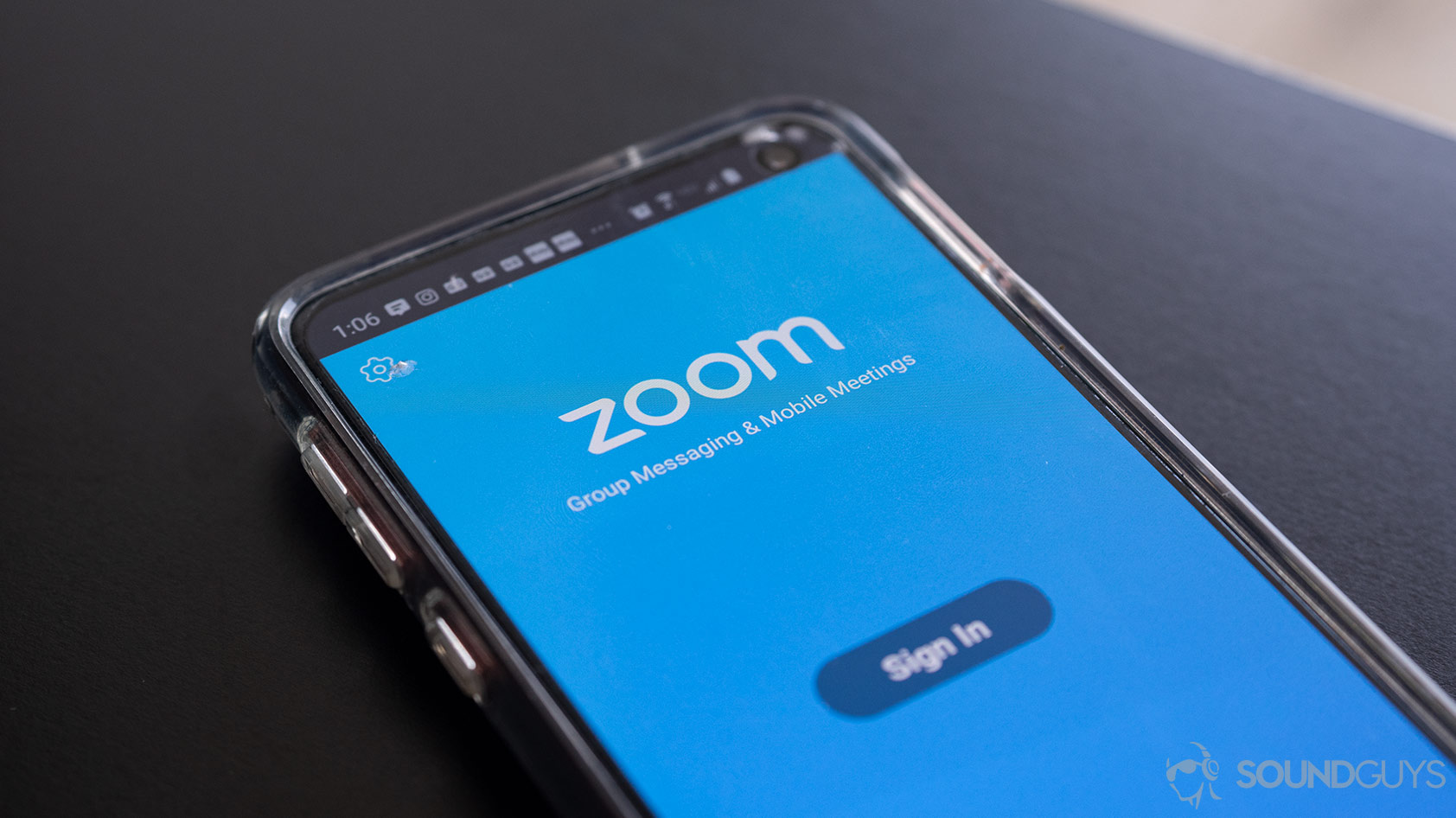
Using web-based video chat services, rather than having everyone call in from their phones, increases the amount of available bandwidth. This means more data can be transmitted at a given moment, which is key for multi-way calls.
Many companies use Zoom, which provides unlimited Voice over Internet Protocol (VoIP) support. The main benefits of VoIP: it’s cheap and efficient. It allows for voice and data to be communicated over a single network. It’s better if everyone is calling in from their internet provider, but you can call in from your phone instead. This is much more accessible than ensuring every team member has an HD Voice-enabled phone on a supported provider.
Outside of that, there are all sorts of great services to choose from, depending on your need. Discord was originally designed for PC gamers, but the program allows for the creation of servers that support multiple call channels that people can drop in and out of at will—perfect for coordinating with multiple teams. If your company has a G Suite subscription, they can also use the version of Google Meet it includes, which features most of the same features as Zoom, with the addition of things like low-light mode and live captions. There are all sorts of other apps out there to meet the needs of smaller groups too—especially if video is something you’re set on.
VoIP technology isn't subjected to the same bandwidth constraints as cellular service providers and are a cheap, efficient solution used by businesses.
That said, VoIP apps aren’t subjected to the same Quality of Service guarantees as telephone networks. VoIP transfers are subject to data loss, just like any other means of communication, and may lag on occasion. VoIP apps are still an effective alternative for companies in need of an affordable, oftentimes free, solution to conference call frustration.
Offices should invest in a telecommunication hub
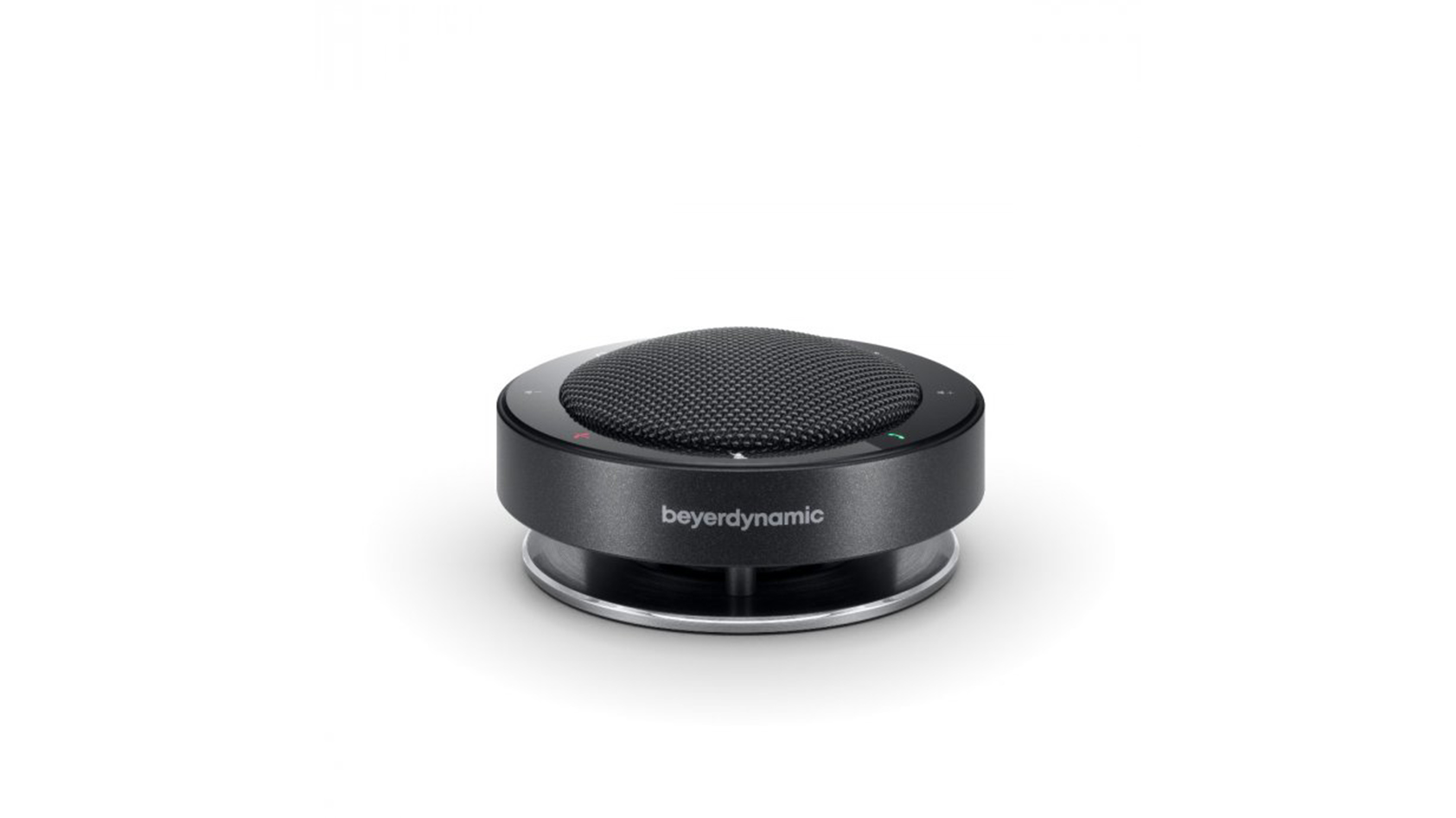
In a similar vein, offices will also benefit from dedicated communication hubs and microphones. Understandably, getting the Beyerdynamic Phonum or Shure MXA 310 may be difficult to justify for smaller companies, but if conference calls between offices are common, they’re probably worth it.
Think of it like this: spending money on a good telephony hub minimizes time wasted. Depending on the participants’ pay rates, how many people are involved, and how much time is spent repeating and answering, “What?” or getting everyone in on a call individually, you could end up saving quite a bit of money over the long run while increasing productivity. Also consider that finding a quiet environment with good acoustics, or improving your space will help a lot.
Get headphones with a good microphone
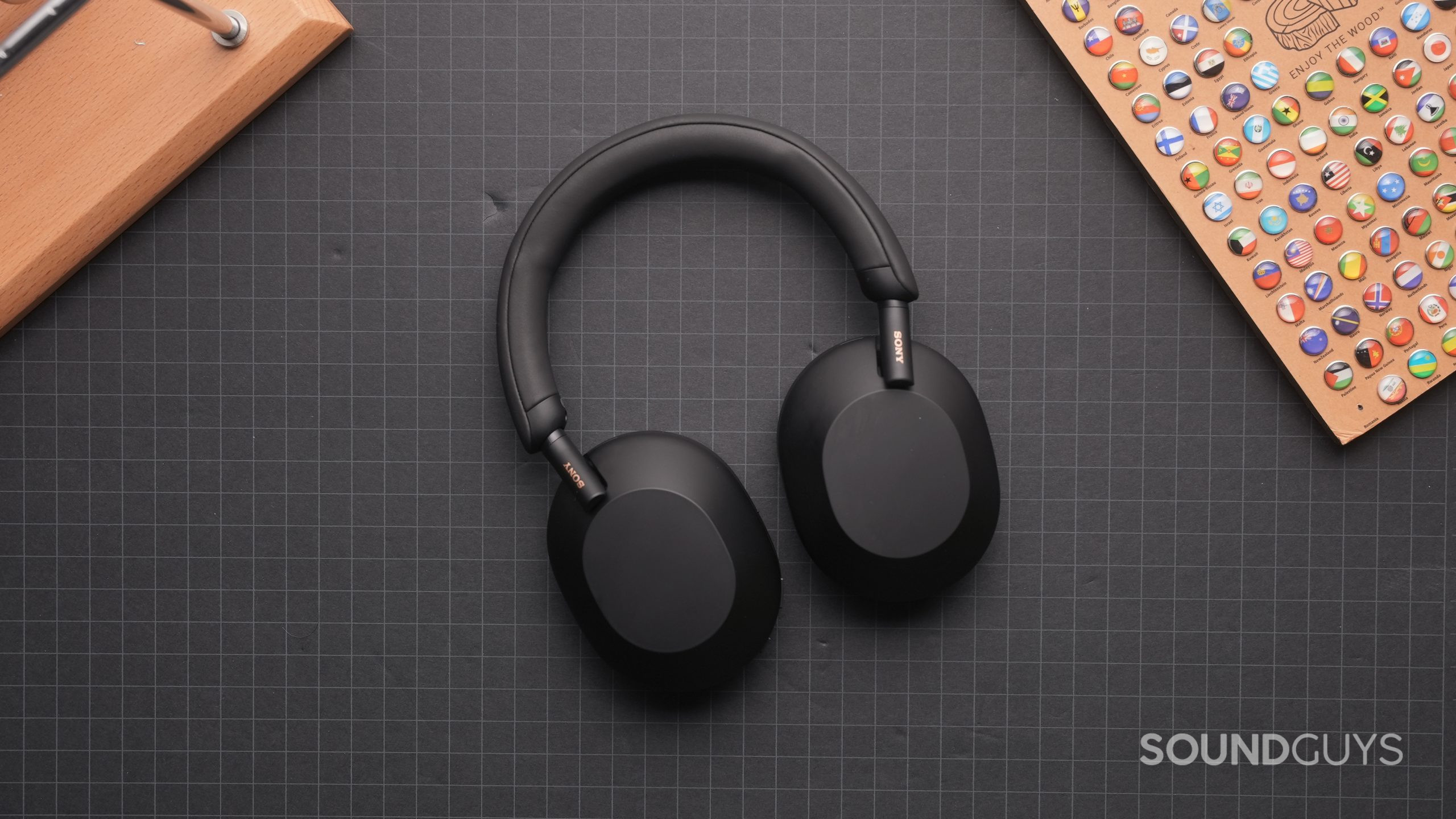
Seeing how hybrid and remote work is more the norm these days, headphone manufacturers are outputting headsets with more advanced mic systems than before. Not everyone, nor every company, has hundreds of dollars to burn on a pair of conference call headphones but if you intend to use your headphones for everything, let us point you in the direction of the Sony WH-1000XM5. This set of noise canceling headphones has one of the most impressive microphone systems to date. It handily blocks out background noise and keeps your voice isolated from the environment.
It sounds great. Listen below and let us know your thoughts.
Sony WH-1000XM5 mic demo (Ideal):
Sony WH-1000XM5 mic demo (Office):
Sony WH-1000XM5 mic demo (Street):
Sony WH-1000XM5 mic demo (Wind):
How does the microphone sound to you?
Of course, there are plenty of more affordable headphones for work out there. Listeners who are shopping around for a personal pair of headphones that they want to double as a conference call headset can turn their attention to the Jabra Elite 45h. This set of on-ears has very good microphone quality and is a nice, compact size that’s easy to transport.
Gamers who want a headset for work phone calls can pick up the Logitech G435 Lightspeed headset. This lightweight headset is responsibly produced and boasts very good mic quality. Oh, and it costs just $79 USD but often drops into the $50 range. It comes in three colorways, one of which is a professional-looking black style. If you want to have a bit more fun with the look, we recommend the blue option (there’s also a white variant).
The JLab Go Work is a viable headset with an adjustable boom mic. This is an on-ear headset, like the Jabra Elite 45h, which means you may not get the best isolation from it. You do, however, get up to 45 hours of battery life and Bluetooth multipoint support, which is ideal for the productivity minded.
Will call quality improve as 5G becomes more prevalent?
Absolutely, and it has already.
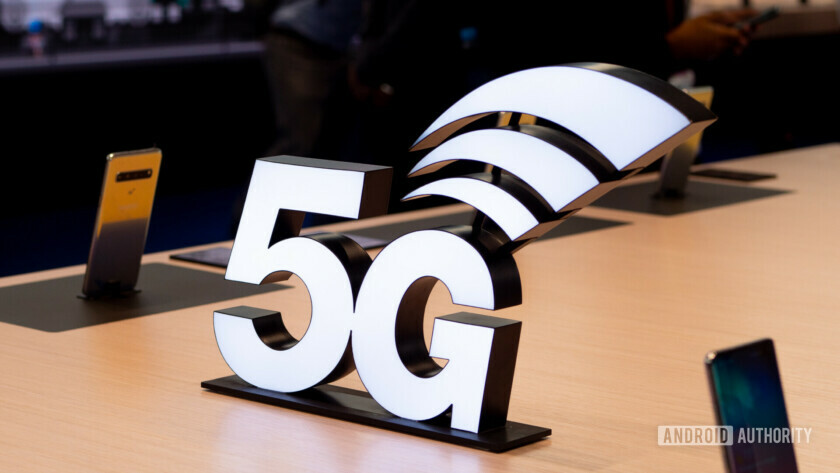
We’ve seen 5G become the norm and the enhanced voice services (EVS) codec will be widely supported. We’ve already seen it on 4G networks with the iPhone, from the 8 to the XR. It offers up to 20kHz audio bandwidth, which covers all the frequencies auditorily healthy humans can hear. What’s more, it works with both AMR and AMR-WB while using a variable bitrate for stable connectivity. Once universally supported, the error concealment mechanism will actively neutralize distortion, too. This is all to say calls will be clearer and more reliable as technology develops.
Even still, being proactive about using VoIP apps and investing in better quality headsets is the easiest way to mitigate conference call frustrations.
Frequently asked questions about conference calls
It’s unlikely that the problem is with your headset’s microphone; instead, you should look at factors like Wi-Fi speed. When using video chat apps, it’s about more than just your own home bandwidth, but there can be a delay from others too if their Wi-Fi speeds are slow. An easy way to mitigate voice delay is by clearing obstructions between you and the router, this includes coffee makers, pen holders, etc. If that doesn’t help, try getting closer to the router. Another option is by turning off Wi-Fi on devices that aren’t actively being used; these can latently reduce bandwidth speed and disconnecting them can siphon speed back to your desired device. The most effective, reliable way to remedy this if it’s a chronic issue is by upgrading your home internet plan to get more speed. This requires some time and money, though, so not everyone can afford to do so.